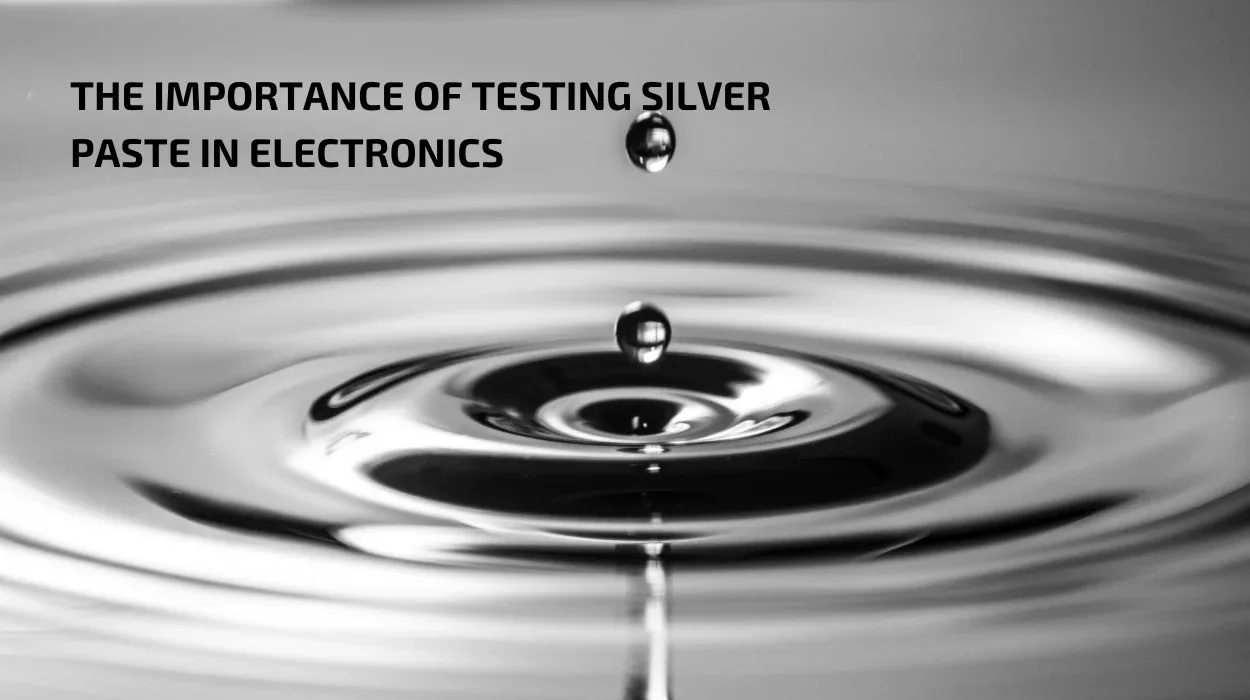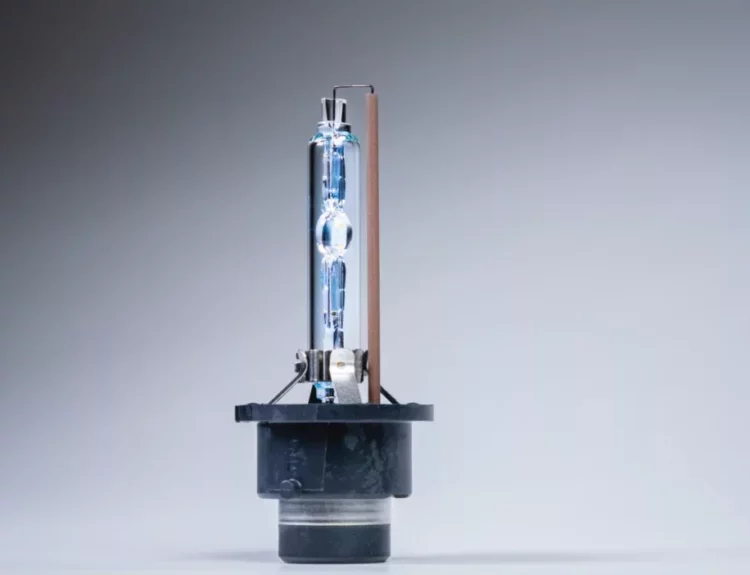Silver paste is vital in many electronic devices, helping them conduct electricity efficiently. Whether used in solar panels, printed circuit boards (PCBs), or sensors, ensuring its quality is crucial for reliable performance. This article explores why testing and quality control (QC) are essential in producing and applying silver paste.
What is Silver Paste?
The silver paste contains tiny silver particles mixed with a binder and other additives. It’s used in electronic devices to create conductive paths on surfaces like glass or ceramics. These paths allow electricity to flow, enabling devices to function correctly.
Why Quality Control Matters
Quality control involves checking every step of the silver paste manufacturing and application process. Here’s why it’s so important:
- Consistency: By testing the composition and properties of silver paste, manufacturers ensure that each batch is consistent. This consistency is crucial for predictable performance in electronic devices.
- Reliability: Devices using silver paste must work consistently over time. Quality control checks ensure the paste adheres well to surfaces and maintains conductivity, preventing electrical failures.
- Efficiency: Testing silver paste helps identify any issues early in production. This reduces waste and the need for costly rework, making production more efficient.
Buy Silver Conductive Paste from here:
How Silver Paste is Tested
Several tests and techniques are used to ensure the quality of silver paste:
- Adhesion Tests: These tests check how well the paste sticks to different materials. Good adhesion ensures that the conductive paths remain intact during the device’s lifespan.
- Viscosity Checks: Viscosity tests measure how easily the paste flows. Proper viscosity ensures the paste spreads evenly during application, avoiding uneven coatings or blockages.
- Conductivity Measurements: Conductivity tests measure how well the paste conducts electricity. High conductivity is essential for efficient electronic performance.
- Durability Tests simulate real-world conditions to see how the paste holds up over time. This includes exposure to heat, moisture, and mechanical stress.
Techniques Used in Testing
- Microscopy: Microscopes examine the structure of the silver particles and how they’re distributed in the paste. This helps ensure uniformity and quality.
- Spectroscopy: Techniques like infrared spectroscopy analyze the chemical composition of the paste. This confirms the presence of silver and other necessary components.
- Electrical Testing: Devices measure the electrical resistance of the paste once it’s applied. Low resistance indicates good conductivity, which is essential for electronic performance.
Benefits of Quality Control
- Consistent Performance: Devices using tested silver paste perform reliably, meeting customer expectations.
- Cost Savings: Catching problems early reduces waste and the need for expensive rework.
- Customer Satisfaction: Reliable products lead to satisfied customers who trust the brand.
Conclusion
In conclusion, quality control and testing ensure that silver paste performs well in electronic devices. Manufacturers use various tests and techniques to check its composition, conductivity, and durability. By maintaining high standards through quality control, they ensure that devices using silver paste are reliable, efficient, and meet the needs of consumers worldwide. This commitment to quality helps drive innovation and advancements in electronic technology.







